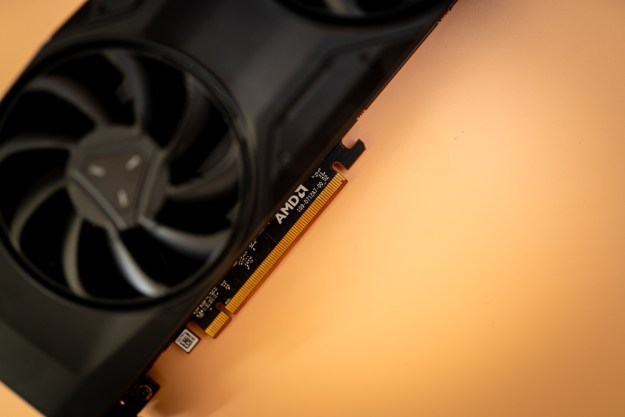Graphics developer Nvidia is looking to strike back at ATI in the mainstream gaming market…and it may have a hit on its hands with the new GeForce GTX 460 graphics card, which the company claims offers up to four times the DirectX tessellation performance of competing products while still landing at the $199 sweet spot for affordable graphics cards.

The GTX 460 will be available in two versions—on packs 768 MB of dedicated video memory and has a 192-bit memory bus, while the other steps up to 1 GB of video memory and a 256-bit memory bus. Unsurprisingly, the 768 MB/192-bit version version is the one that costs $199, but the 1 GB/256-bit version costs just $30 more at a suggested price of $229.
Both versions of the card are based on Nvidia’s Fermi architecture and sport a new GF104 core to improve power efficiency. The GTX 460s boast 336 CUDA cores, graphics clocks running at 675 MHz, and processor clocks ticking along at 1.35 GHz. The cards support two-way SLI, along with NVidia’s 3D Vision and 3D Vision Surround technology for immersive 3D movie and gaming content. Of course, the cards support PhysX technology, along with DirectX 11 and OpenGL 4 graphics. They want a PCI-E 2.- ×16 bus—but so does any other spiffy video card—and they’re certified for Windows 7. Initial reviews of the GTX 460 are stellar, with the cards earning high marks for performance and compatibility as well as overall power profile and heat output—unusual for an PCI-based Nvidia offering.
The 768 MB version of the GeForce GTX 460 is available today; the 1 GB version is expected to be available July 26, 2010.
Editors' Recommendations
- Nvidia RTX 50-series graphics cards: news, release date, price, and more
- Nvidia just made GeForce Now so much better
- Nvidia just fixed a major issue with its GPUs
- Nvidia is ‘no longer a graphics company’
- Asus’ new RTX 4090 shattered GPU overclocking records, and you’ll be able to buy it soon



